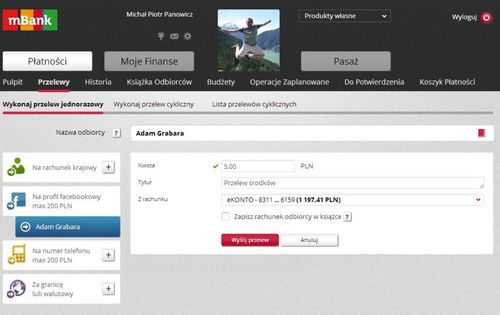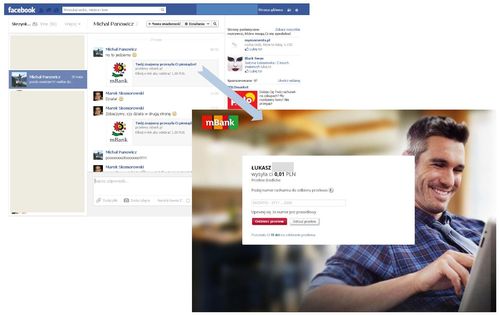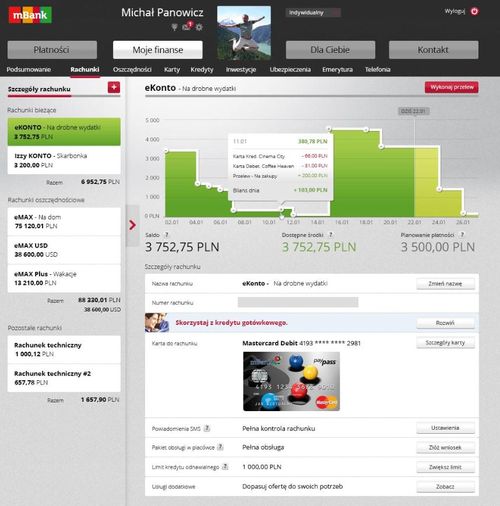
I mentioned that BRE Bank is dropping their branding
later this year and replacing it with mBank, the brand they launched last
decade to support their online activities.
What is this all
about?
Here’s an analysis.
BRE Bank launched in
the 1980s as a division of Commerzbank, and is Poland’s fourth largest bank.
In 2000, with the
rise of the internet, BRE Bank launched mBank, a pure-play online bank. As an internet-only bank, it has risen
rapidly to become Poland’s biggest online bank and its third largest retail
bank. Thanks to its success, mBank expanded
into neighbouring markets in the Czech Republic and Slovakia in 2007.
In 2012, the bank
realised that there were significant changes taking place in the banking
markets due to the use of mobile social media, and decided to redesign the bank
from scratch based upon four key tenets:
- Real-time
marketing; - Personal
Financial Management; - Mobile
banking; and - Social
media.
This was not a
lightly made decision, as it involved a $31 million investment and a complete redesign
of the bank, which launched just before our last Financial Services Club meeting
in Warsaw earlier this month.
In fact, it is not a
lightweight decision at all, as it has resulted in the bank dumping its
original name and brand, BRE Bank, and replacing the whole thing with the mBank
focus and brand, with a new logo and refreshed look and feel.

This all took just
fourteen months to happen with the transactional service built from
scratch by a team of 200 bank staff in collaboration with partners including Accenture,
Artegence and Meniga whilst the website, mBank.pl,
is the main communication vehicle of the new brand and this was designed and
developed by Artegence and Intercon Systems.
The new service offers over 200 new functions and
improvements. In addition to design,
these include a smart transaction
search engine which makes a search through your transaction history as
easy as using google on the internet, with results displayed in real time:

Money transfers via
SMS and Facebook, where customers need not remember or ask for account
numbers and can use phone numbers or social network connections instead:

Facebook transfers appear on the landing page for the users
of the social media services, and are just messages sent with cash attached:

Personal finance
management (PFM), facilitating management of budgets where the system clearly
explains when money was spent and what for, and presents a forecast of overall
spending by the end of the month:

An on-line expert available
24/7 via a video or voice connection and chat:

And gamification in
the bank’s transactional service to encourage smart spending and saving:

It’s already won awards (Finovate Europe Best in Show)
and a lot of press coverage.
No wonder, as it’s the first bank invented mobile social
solution I’ve seen that even comes close to delivering the new retail reality.
Related banks are Moven, Fidor and Simple, but these are new
startups rather than bank invented, and so well done to Michal Panowicz and his
team for creating one of the world’s first mobile social banks within a bank.
Here's the full slide deck from the launch with more links for those interested:
Chris M Skinner
Chris Skinner is best known as an independent commentator on the financial markets through his blog, TheFinanser.com, as author of the bestselling book Digital Bank, and Chair of the European networking forum the Financial Services Club. He has been voted one of the most influential people in banking by The Financial Brand (as well as one of the best blogs), a FinTech Titan (Next Bank), one of the Fintech Leaders you need to follow (City AM, Deluxe and Jax Finance), as well as one of the Top 40 most influential people in financial technology by the Wall Street Journal's Financial News. To learn more click here...

